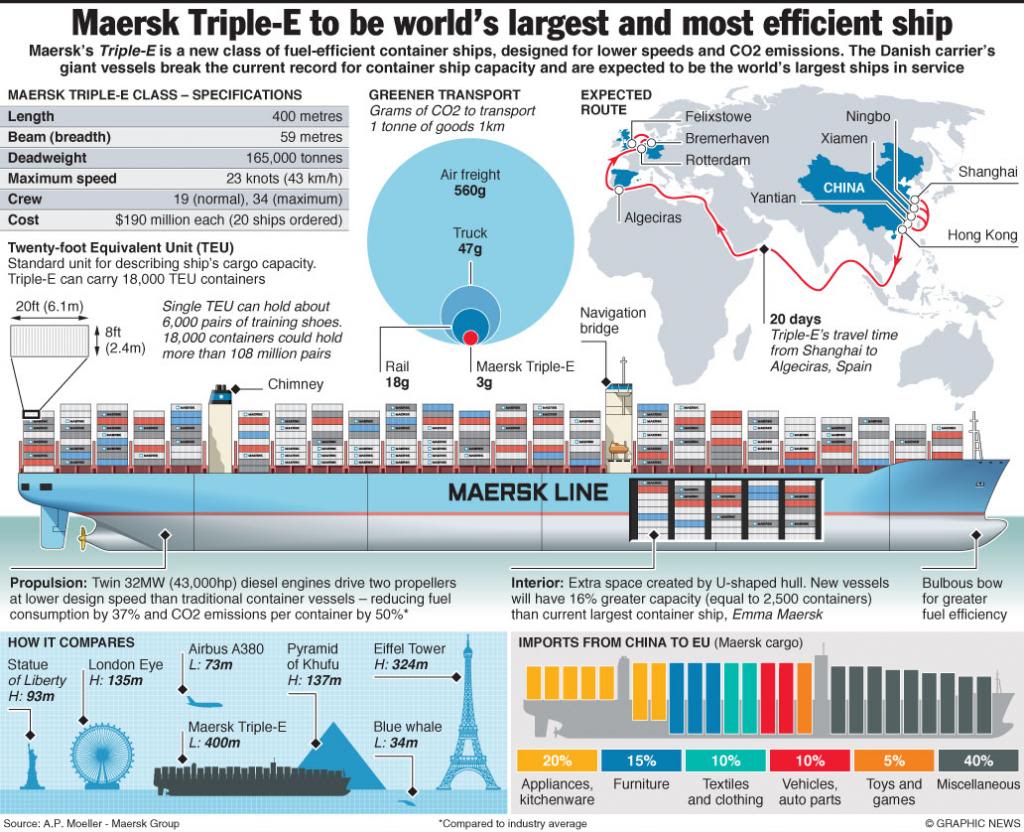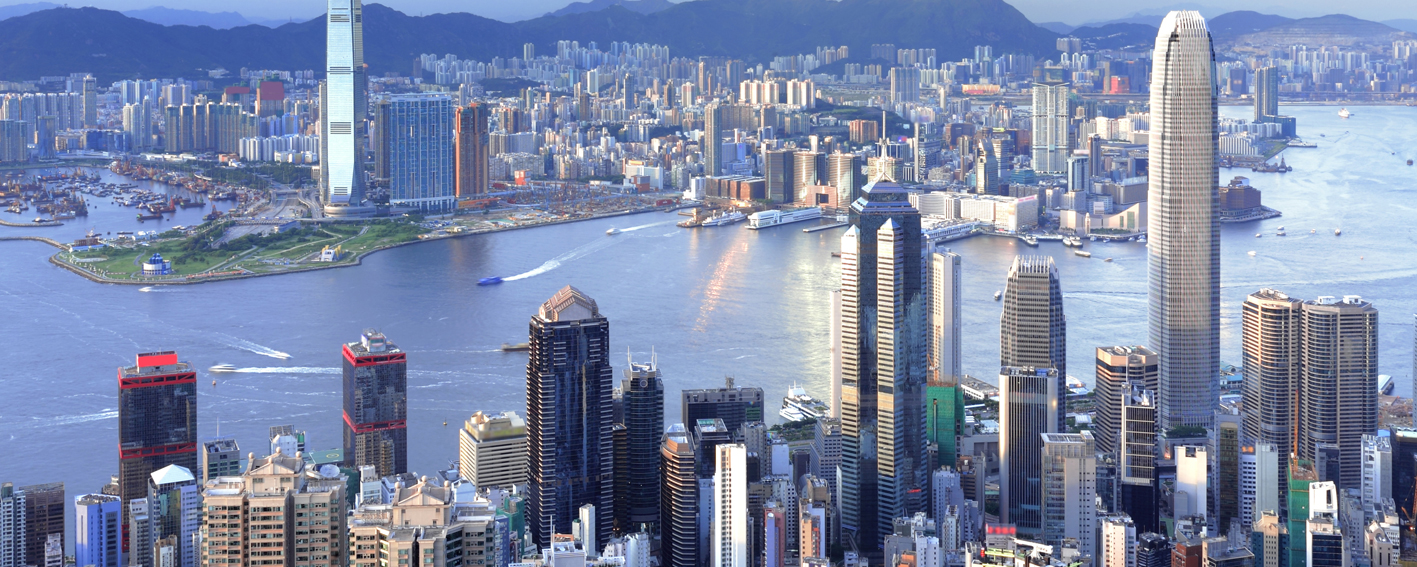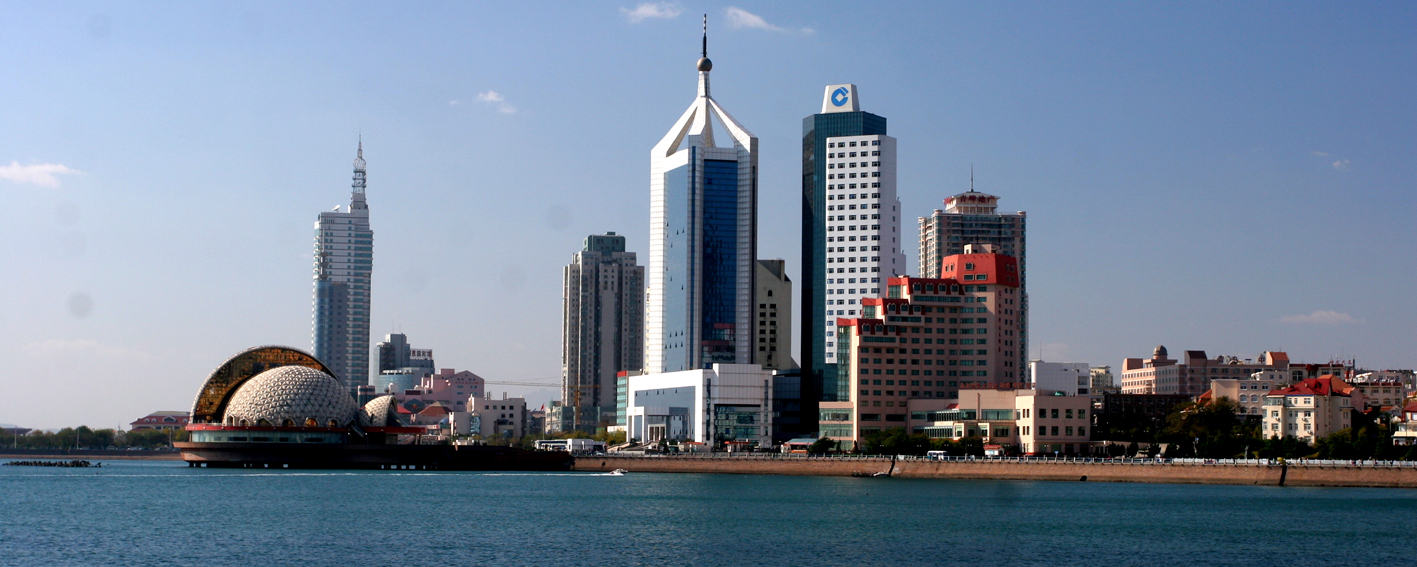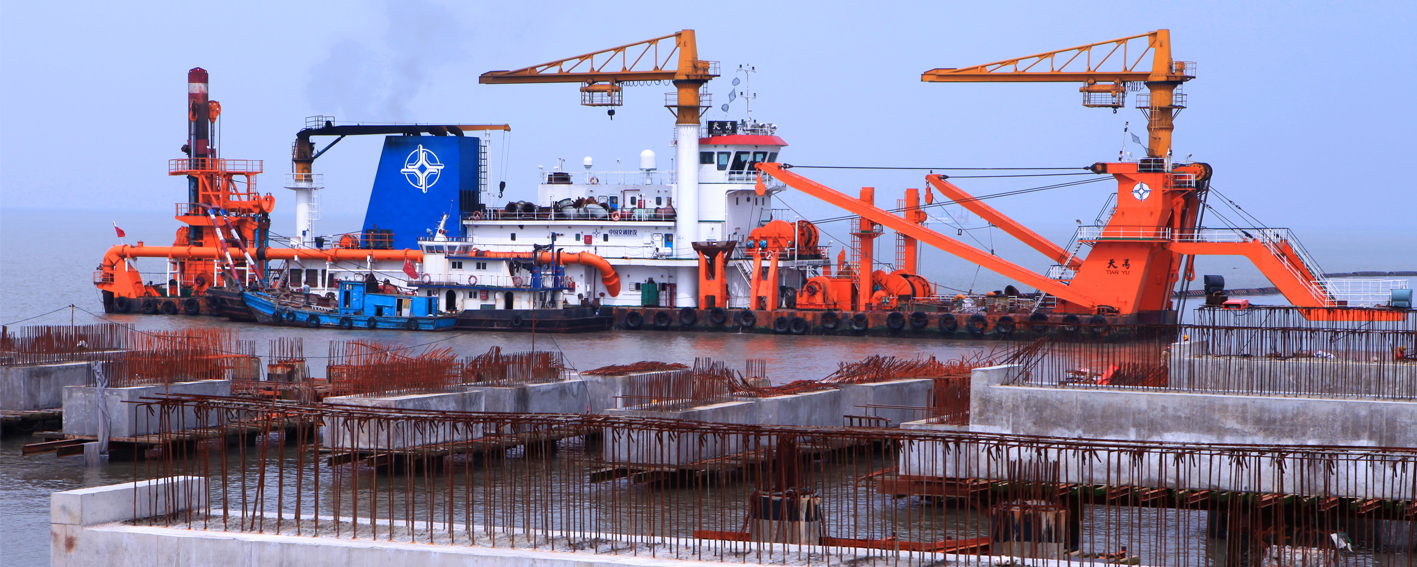FULL CONTAINER LOAD (FCL)
Premium Service
- Fast Transit
- Space And Equipment Guarantees
- Customized Scheduling
- Schedule Integrity
Standard Service
- Economy- Value Transportation
- Regular Frequency
FCL = Full Container Load
LCL = Less than Container Load, aka Group age
These are the two of common shipping terms used in the international logistics industry for export and import ocean freight cargo.
LCL basically means you will be sharing container space with other importers. It also allows you to share shipping cost. The biggest bene t for the buyer is that they can now purchase less goods without having to worry about shipping a full container. The LCL cargo will be combined with other shipping consignments headed for the same destination.
LCL is charged based on the volume, set in cubic meters. LCL shipping is a cost-effective solution for smaller shipments as you only need to pay for the volume space used.
When it comes to FCL, there are 4 common container types list. Most businesses importing from China are only concerned with these four standard sizes that make up most of the container volume shipped worldwide.
• Customs Clearance
• Insurance
• Palletizing
• Barcoding
• Packing/Repacking
• Short-Term Storage
• Merge-In-Transit
• Buyers Consolidation
• Order Management
• Origin Cargo Management
• Load Factor Optimization
• Document Collection
• Distribution
• Door To Door
Estimated Transit Time (ETT) is the time between the Estimated Time of Departure from origin (ETD) and the Estimated Time of Arrival at the destination (ETA).In order to save on fuel costs, many ocean carriers use slow steaming on many of their routes. Pioneered by Maersk Lines, slow steaming involves ships sailing at low speeds to reduce the amount of fuel consumed. This reduces costs for themselves, but it increases the amount of time it takes to move goods from one place to another.

| Region | Estimated Time |
|---|---|
| USA & Canada (West) | 20 days |
| USA & Canada (East) | 30 days |
| Western Europe | 25 days |
| Northern Europe | 30 days |
| Southern Europe | 27 days |
| Australia | 15 days |
| India | 15 days |
| Southeast Asia | 9 days |
| Eastern Africa | 30 days |
| Western Africa | 40 days |
| Japan | 3 days |
| South Korea | 4 days |
| South America (East) | 30 days |
| South America (West) | 45 days |
| Middle East | 25 Days |
| Gulf Region | 15 Days |
Sea shipping starts from a port and end at a port, which means a standard container rate or less than container rate is port-to-port. Among the world’s top 10 ports in 2014 (Credit: Hong Kong Marine Department), more than half are located in China. It means you don’t have to pay much attention on the geographical location of your potential vendor. No matter where your Chinese supplier located, your goods are never too far from one of the world’s largest and most productive ports ready to ship your goods out of China.

The port of Shanghai is the world’s largest and its volume is still increasing rapidly. It is perhaps the most important port for foreign trade as it’s located near to the innumerable factories of neighbouring Anhui, Jiangsu, Henan and Zhejiang provinces.


Due to historical reasons, the port of Hong Kong has been an ocean tra c hub for centuries. The advanced international concepts and experiences make it more competitive

Ningbo-Zhoushan port is heavily involved in the shipping of raw materials, manufactured goods and cargo into and out of China. Like the port of Shanghai it is also close to China’s developed Eastern provinces and is located next to the Yangtze.

Located on the Yellow Sea, the port of Qingdao serves Shandong Province and in 2011 entered into an alliance with the largest port in South Korea and three other Chinese ports in order to create a shipping and logistics center in Northeast Asia.

The port of Guangzhou transports goods to and from nearby Guangxi, Guizhou, Jiangxi, Sichuan and Yunnan Provinces, as well as Guangzhou itself and ships many agricultural, industrial and manufactured products.

The port of Tianjin is one of the best connected ports in China, as it is linked to 21 other cities and districts via its dry ports. With its location so close to Beijing and the Northern central provinces, it is able to serve areas from the very North West in Xinjiang, to the North East of Inner Neimenggu.

The port of Dalian is the most northern ice free port and is the largest port in North East China with links to ports in over 160 countries. It also serves seaports in East Asia, North Asia and the Pacific Rim.

The port of Xiamen sits in the mouth of the Jiulongjiang River and has over 68 shipping routes, shipping to over 50 countries and has strong links with Kaohsiung in Taiwan.

was one of the ports originally opened to foreign trade by the Qing. It is now among the world’s biggest ports and largely serves the provinces of Shandong and Jiangsu.
There are many shipping lines all over the world. While one provider may have competitive rates to Europe, the same provider could have a higher rate to America.
When it comes to China ocean freight, each carrier has their advantage routes, which means competitive freight cost with reliable services.
As you may know, the key to find a cost-e ective ocean freight solution is choosing the right carrier. So it’s necessary for us to nd out which one is charging less and service better based on the destination.
| MSK | Maersk Sealand |
|---|---|
| NORTH & CENTRAL/LATIN AMERICA/ EUR MED & AFRICA/ASIA | |
| MISC | Malaysian International Shipping Corporation |
| EUR & MED/ASIA & MIDDLE EAST | |
| MOL | Mitsui O.S.K. Lines Ltd USA |
| CANADA & EUR/MED/S.E ASIA & S.AFRICA | |
| MSC | Mediterranean shipping Co. S.A |
| MED & EUR/USA/ASIA/MIDDLE EAST & AFRICA | |
| NYK | Nippon Yusen Kabushiki Kaisha |
| SOUTH & NORTH AMERICA/ EUR/SOUTH AFRICA/ASIA | |
| OOCL | Orient Overseas Container Line |
| MIDDLE EAST & AISA & USA/ CANADA/EUR/EAST & WEST MED | |
| P&O | P&O Nedlloyd |
| EUR & MED/AFRICA/USA & CANADA/ S.AMERCIA/ASIA |
| PIL | Paci c INT’L Lines (PTE) |
|---|---|
| S.E.ASIA/MIDDLE EAST/AFRICA/RED SEA | |
| RCL | Regional Container Lines |
| ASIA/AUSTRALIA | |
| TPL | Trans-Paci c Lines Ltd |
| USA & CANADA | |
| UASC | United Arab Shipping Company |
| ARABIAN GULF | |
| WAN HAI | Wan Hai Lines |
| SEASIA & JAPAN/KOREA | |
| YML | Yang Ming Marine Transport Corporation |
| EUR/ASIA/MIDDLE EAST/ NORTH & SOUTH AMERICA | |
| ZIM | Zim Israel Navigation |
| MED/EUR & USA/CANADA/S.EASIA/ AUSTRALIA/ MID. S. AMERICA |